
- About the company
FedEx was established in 1971 in America by Frederick W. Smith. Originally operated as 'Federal Express' from 1973, in 2000 it was renamed FedEx.
After finishing his military stint in August 1971, Smith bought the interest in Arkansas Aviation Sales, located in Little Rock, Arkansas. In those days it was very difficult to deliver packages and other airfreight within one or two days.
While operating his new firm, Smith came to recognize this difficulty. With his thesis paper in mind, he was determined to find new ways of doing business. Thus the idea for Federal Express was born: A company that has revolutionized the global Courier business and now defines speed and reliability. It redefined the history of the courier industry.
The company is known for its overnight shipping service and pioneering a system that could track packages and provide real-time updates on package location, a feature that has now been implemented by most other carrier services. FedEx is also one of the top contractors of the US government.
- Early Years of FedEx
Federal Express's official operations started on April 17, 1973, with 389 team members. On the night of April 17th, 14 small aircraft took off from Memphis and delivered 186 packages to 25 U.S. cities from Rochester, New York, to Miami, Florida.
FedEx did not earn profit up to 1975 but successfully build its image in the market as a fast courier service provider. It soon became the top provider of high priority courier services in the marketplace and set high-quality standards of fast delivery in the industry.
During the mid-1970s, Federal Express was a leader in lobbying for air cargo deregulation, which was legislated in 1977. These changes in the rules were important because they allowed the company to use larger aircraft (Boeing 727s and McDonnell-Douglas DC-10s) and spurred its rapid growth.
By the 1980s, FedEx became a well-established company. In the year 1983, it reported $1 billion in revenue, making it the first company in American business history to reach that financial landmark within 10 years, without mergers or acquisitions. These dates mark the start of FedEx's successful history.
- Growth over the Years of FedEx
The real growth of FedEx started after the deployment of its global strategy: FedEx's growth increased exponentially after entering the global market. Following the first of several international acquisitions, intercontinental operations began in 1984 with service to Europe and Asia. In 1985, Federal Express marked its first regular scheduled flight to Europe. In 1988, the company for the first time initiated a direct-scheduled cargo service to Japan.
The company made another significant transition in 1994, adopting the name “FedEx” as its official brand. One year later, it started to serve China through an acquisition from Evergreen International Airlines.
Under this authority, it became the sole U.S.-based, all-cargo carrier with aviation rights to the world's most populous and fast-growing nation. Its global reach has continued to expand into what is now an unmatched network, delivering to customers in more than 220 countries and territories.
From its roots as a courier company, FedEx has diversified its business and now it provides a portfolio of solutions to many problems. It provides various services under the FedEx brand. Some of the services provided by FedEx Corp. are FedEx Express, FedEx Ground, FedEx, Freight, FedEx Services.
- Fedex into 2021
Started with 14 planes and a team of 389 staff, now FedEx has more than 425,000 employees and 411 aircraft. The revenue of FedEx in the year 2018 was $65.450 billion. FedEx is growing and now it has set its sights on the e-commerce sector.
As the world we live in continues to evolve, so does FedEx. With FedEx, you can be sure the spirit of FedEx innovation is hard at work delivering a brighter, better future for the world.
FedEx has made it easier for their customers to tap into its deep industry expertise in specialty logistics, supply chain, and e-commerce, FedEx has brought together several of its companies and capabilities to form a new operating company and is looking to improve continuously in order to remain relevant in the current marketplace.
Source: brandriddle.com







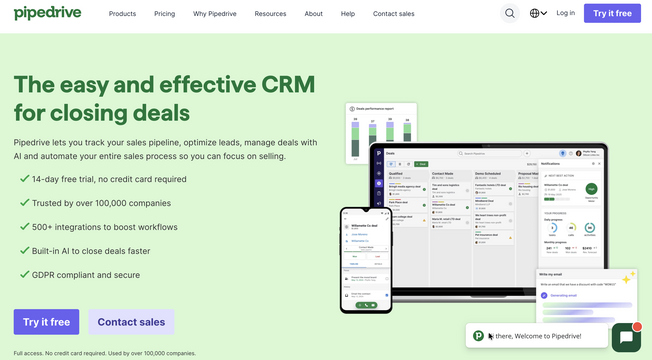
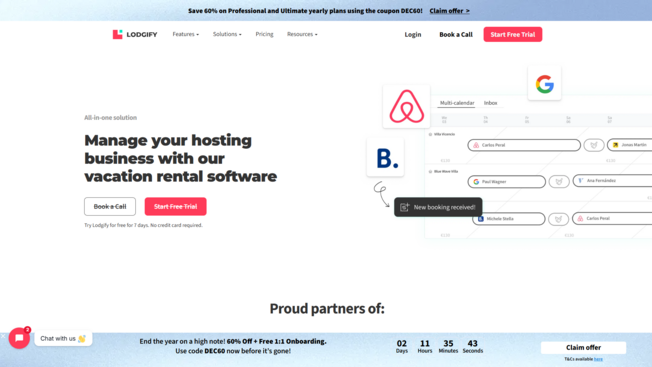

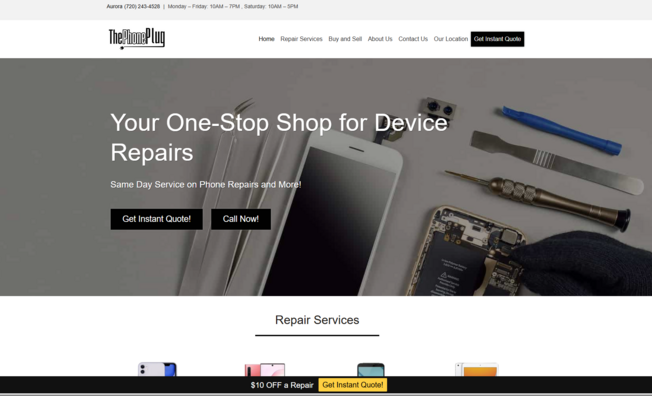
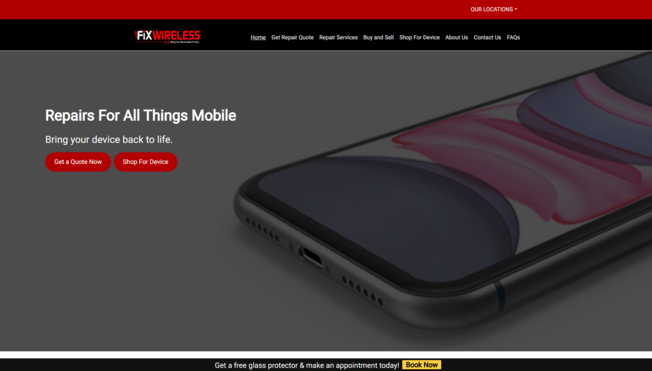



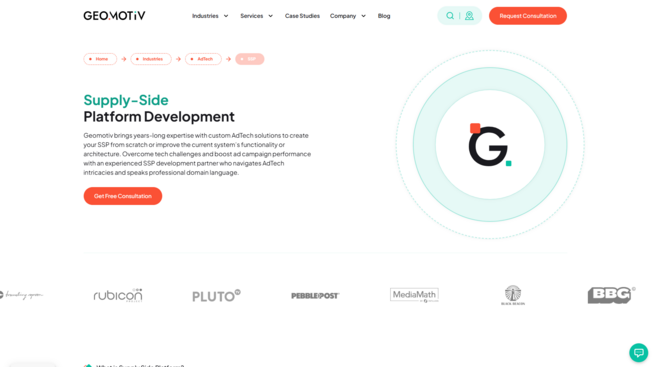

Leave a Reply